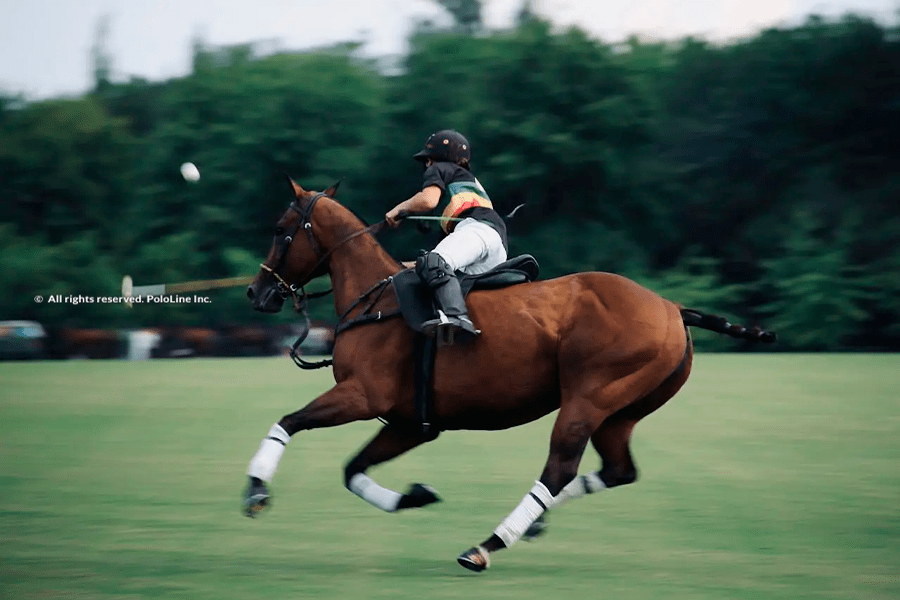By Prof. Eduardo Amaya:
In the heat of the game—where time seems compressed between sprints, turns, checks, and mallet strikes—there is a single point of anchorage that unites the player with the horse: the stirrups. Small, discreet, nearly invisible on the field at a glance—yet essential. Within them lies part of the balance, connection, and control—and perhaps even the very essence of well-played polo.
In this sport, stirrups are not merely a physical support; they are extensions of the body’s sensory system. Through them, the player transmits subtle impulses to the horse and receives immediate, almost imperceptible feedback. They become a point of dialogue between intent and action. A slight pressure, a twist of the ankle, a shift in weight—all translate into controlled movement.
From a biomechanics perspective, the stirrups allow the player to float above the saddle, barely touching it. This lightness enhances agility in changes of direction and provides the stability needed to develop a solid striking platform (the swing). In every play, the balance offered by the stirrups is key to maintaining the correct posture: a free torso and relaxed shoulders. Without stirrups—or with poor use—there is no clean swing and no free horse. That is, the horse loses its freedom of movement.
But there is also a deeper element: stirrups connect the player to the ground through the horse. They are both a grounding point and a source of freedom.
Learning to use them is learning to feel, to let go, to trust. In that play of tension, polo finds its rhythm. Great players have a special relationship with their stirrups—they don’t simply step on them; they inhabit them. They don’t force them; they sense them. In that detail—often imperceptible to the external eye—lies one of the keys to refined play: the mastery of those who become one with their horse, from feet to head.
Here, I want to make special mention of Poroto Cambiaso. Having watched him in various matches, his use of the stirrups perfectly embodies everything described above. With every change of direction, he shifts weight laterally through his stirrups, creating an active swaying dynamic that the horse perceives as guidance. During powerful supports, energy flows from the hip to the heel, and from there to the ground, generating an elastic anchor. This is the moment the stirrup ceases to be metal and becomes muscle.
Common mistakes such as “stepping too hard” or “pressing” the stirrups against the horse create rigidity, restrict the horse’s movement, and break the line of communication. In contrast, the best players—Poroto among them—barely brush against them. At times, they use them more as sensors of posture and equine feedback than as physical supports. The difference between rigidity and refined control lies in millimeters of pressure and in the sensitivity of the ankle.
In the stirrups, the player experiences the invisible: the horse’s intention, the quality of its movement, and the subtlety of contact. Many, like myself, speak of connection with the horse. That connection begins with the feet. This is why, at the highest level, the use of the stirrup is an art form—and within that art lies the true mark of a great player: the ability to feel more than to control.
As a final reflection, I would say that polo is a sport where everything happens at high speed. Decisions must be made in milliseconds, and the player must be centered in their horse. That center is not always found in the mind, the hands, or even the eyes—it often lies deeper, lower, in the feet, in the stirrups.
Because in the end, polo is not played with the hands alone—it is played with the entire body. And within that body, the feet—from their small thrones of steel—are the ones that open the door to the true art of the game.
